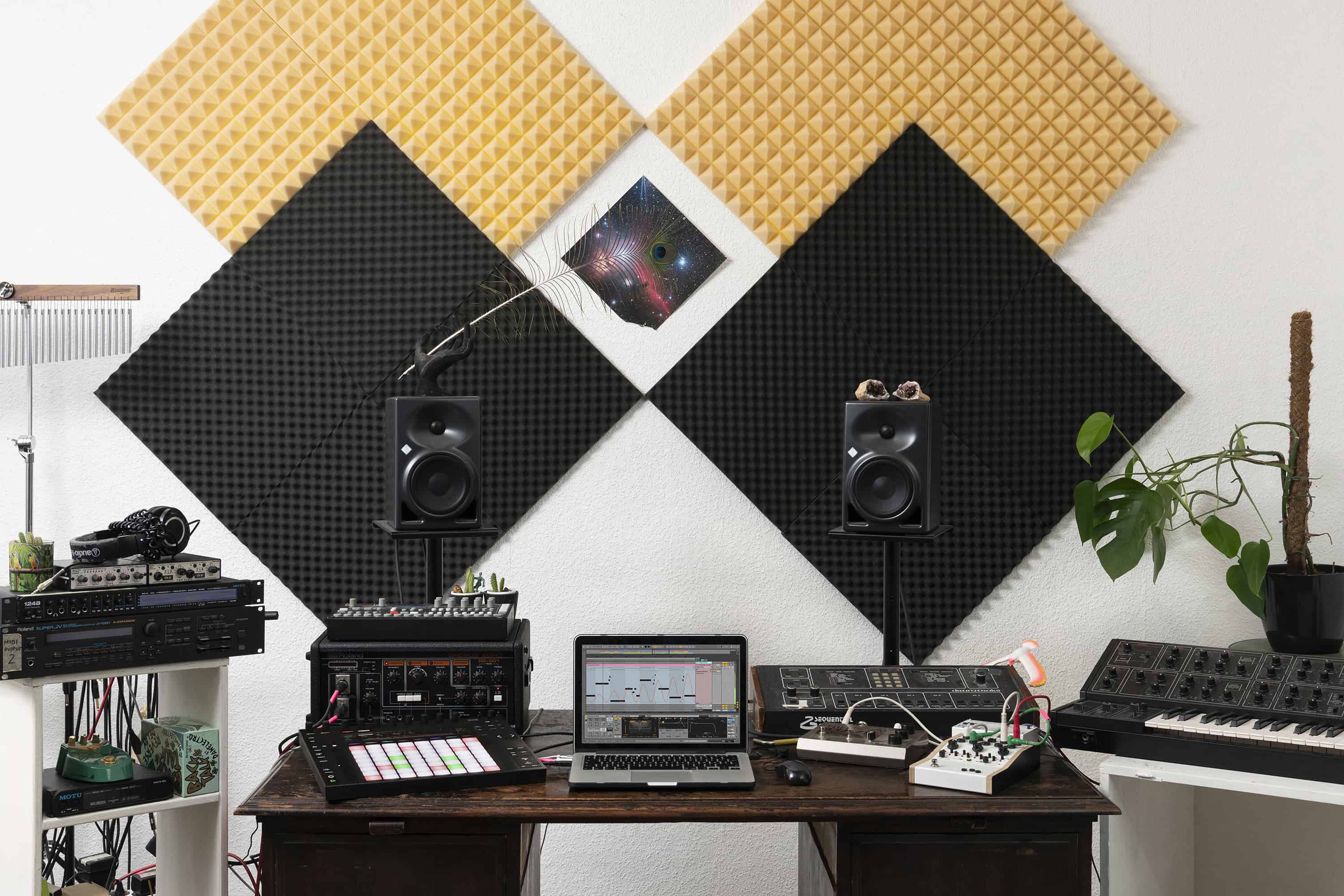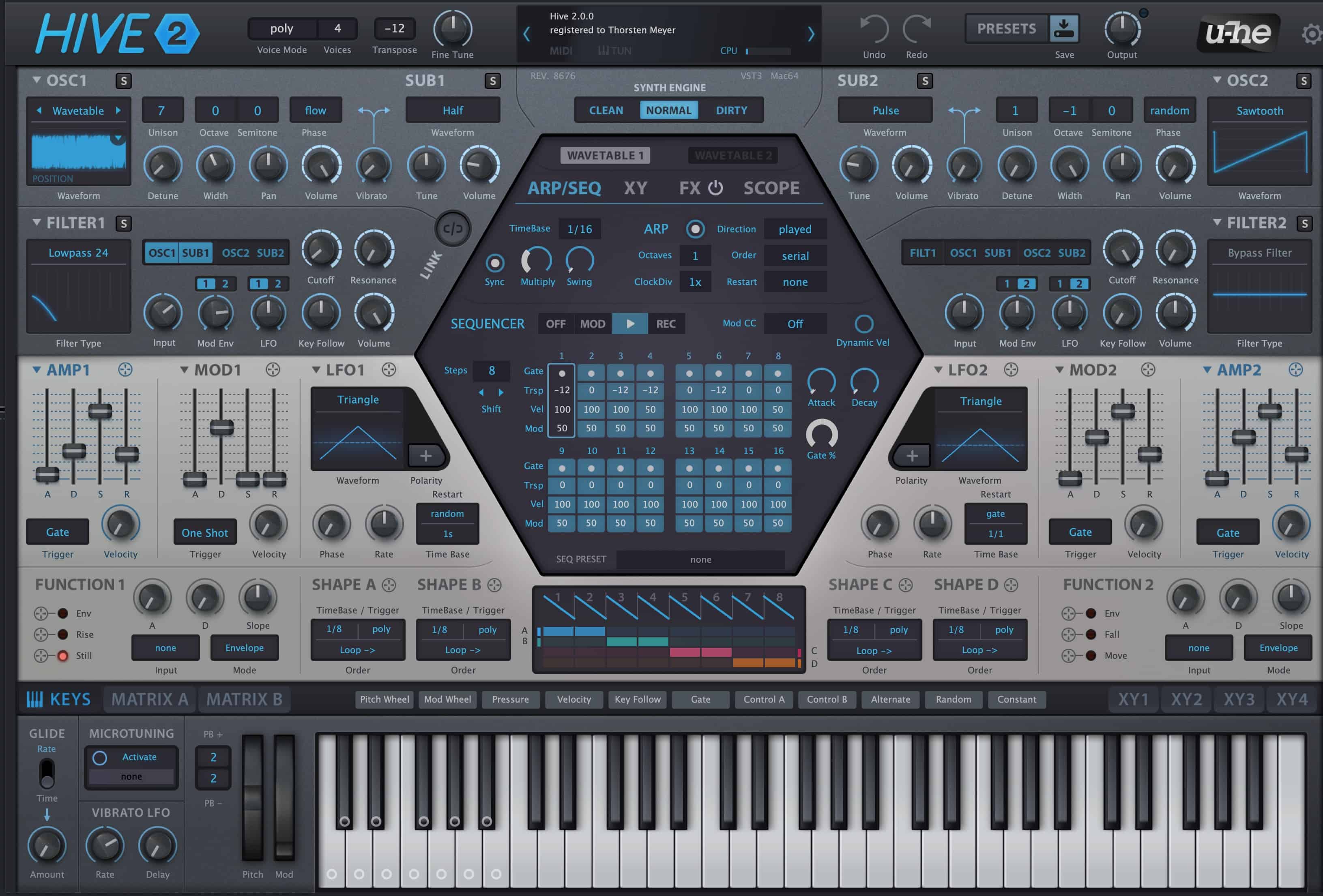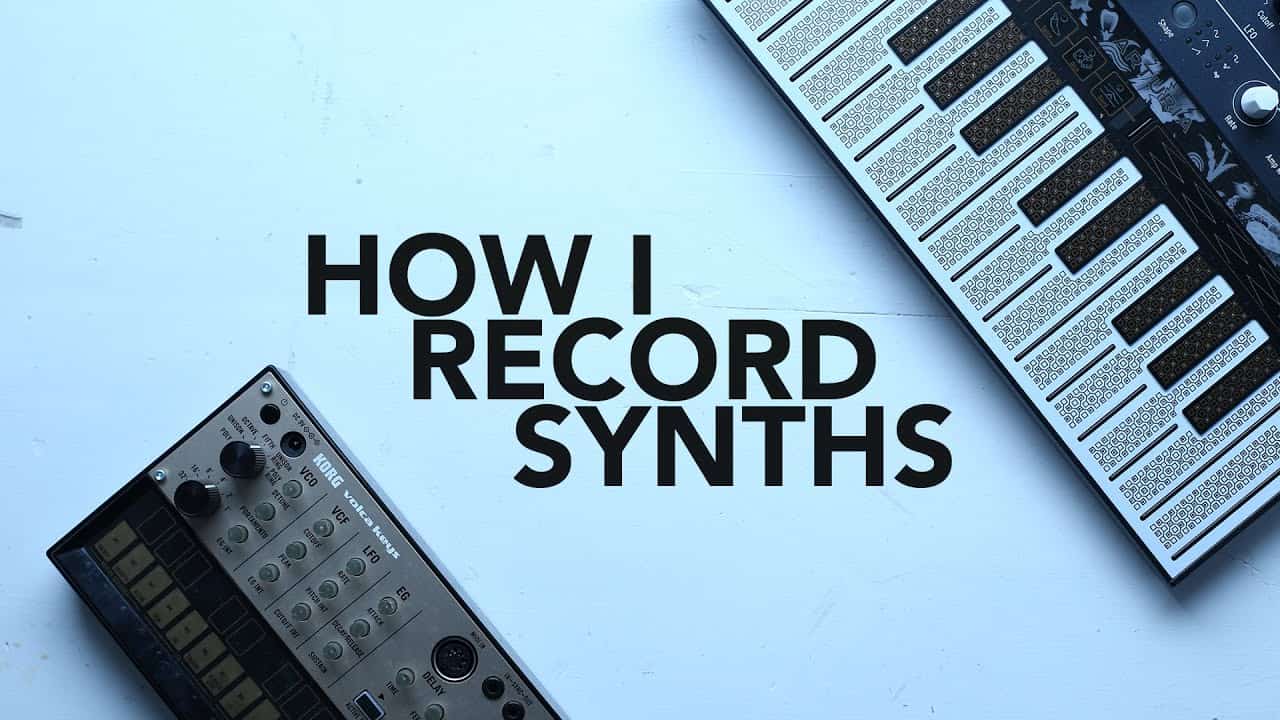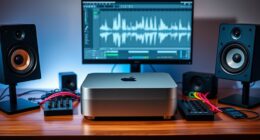The latest update to Ableton Live adds user wavetables, new devices, workflow upgrades and more. Ableton Live 10.1 is out now. This significant free update adds new tools and features to support musicians’ creative process, from making and shaping the sound to editing and finalizing their tracks.
User wavetables allow musicians to extend the capabilities of Wavetable’s oscillator section by importing their own wavetables or samples. Channel EQ is a flexible and simple EQ with curves and gains ranges suitable for a variety of audio material.
Delay combines Simple Delay and Ping Pong Delay and moves ping pong behavior, Jump, Fade-In and Pitch controls from those devices to the front panel.
New automation features include a new palette of automation shapes, stretch and skew automation and the ability to enter precise values with a numerical keypad. It’s easier to get access to clip modulation in Session View. Additionally, Live now simplifies complex automation into C- and S-shapes for easier editing.

Improvements to zooming and scrolling make switching between detailed views and big-picture editing faster with streamlined keyboard shortcuts, pinch zooming on compatible computers, a resizable Arrangement Overview window, and more.
Live 10.1 now also allows users to freeze tracks that contain sidechain routing, export single tracks and groups with return and master effects applied and use all their VST3 plug-ins.

Live 10.1 adds:
- User wavetables: Extend the capabilities of Wavetable’s oscillator section by importing your own wavetables or samples from your library into the device.
- Channel EQ: A flexible and simple EQ with curves and gain ranges suitable for a variety of audio material. The shape of the filters adapts based on how controls are set to always provide musical results.
- Delay: Combines Simple Delay and Ping Pong Delay and adds feature upgrades. Ping pong behavior, as well as Jump, Fade-In and Pitch controls from those devices are all accessed from the front panel.
- New automation features: Choose from a new palette of automation shapes, stretch and skew automation and enter precise values with your numerical keyboard. Get easier access to clip modulation in Session View. Live now also simplifies complex automation into C- and S-shapes for easier editing.
- Improvements to zooming and scrolling: Live 10.1 makes switching between detailed views and big-picture editing faster with streamlined keyboard shortcuts, pinch zooming on compatible computers, a resizable Arrangement Overview window, and more.
- Freeze tracks that contain sidechain routing.
- Export single tracks and groups with return and master effects applied.
- Use your VST3 plug-ins in Live.
Pricing and availability
The Ableton Live 10.1 update is free for all owners of Live 10. If auto-update is enabled, Live will automatically update the next time the program is opened. Those who haven’t enabled the auto-update feature can download the update from their account page.










